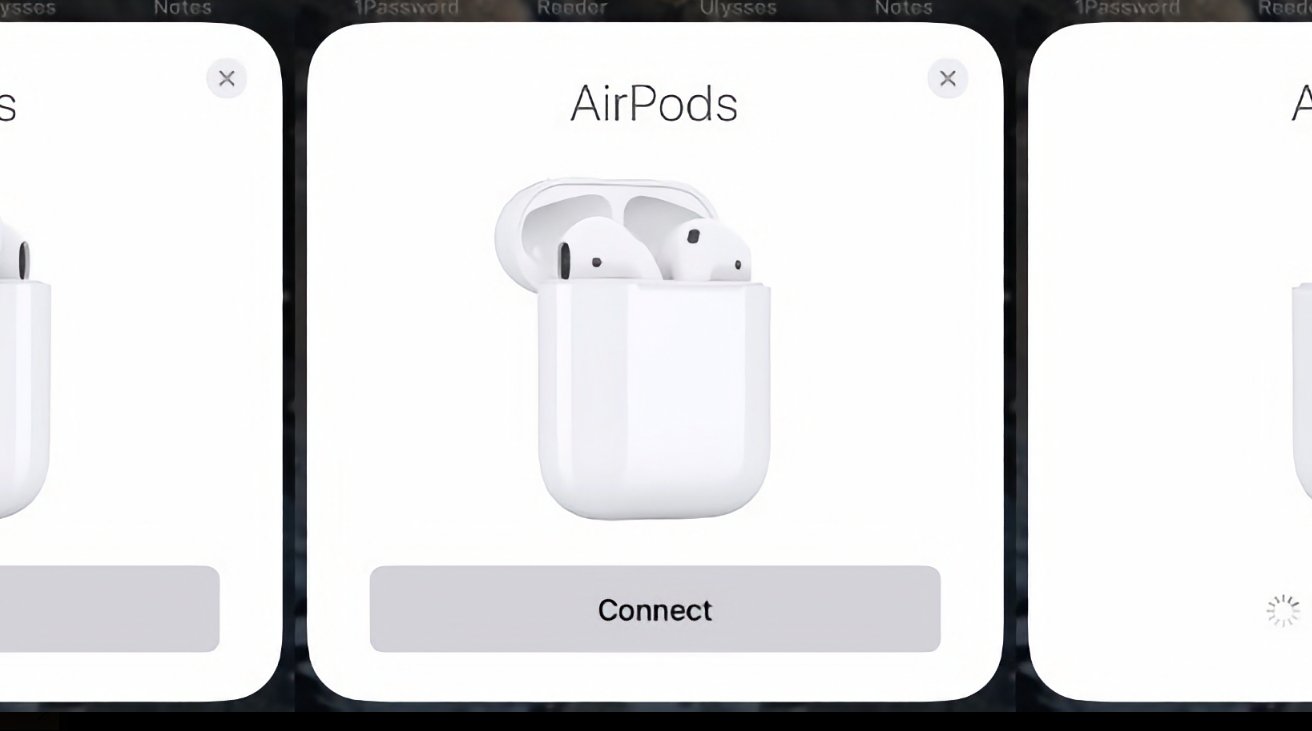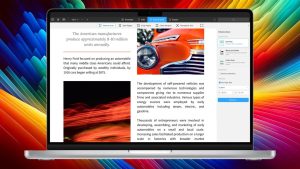
Developers will be able to use the same setup steps as AirPods and AirTags

Code in the latest AirPods firmware shows Apple is working on new controls to make customizing the noise cancellation feature easier for users.
It’s possible that Apple will release new AirPods late in 2024. But behind the scenes, it’s already been working on one key firmware update for users, and one new API for developers.
As spotted by Headphonesty, the firmware update is called Customizable Adaptive Audio. Currently as well as turning on or off noise cancelling, AirPods Pro users can use adaptive audio that dynamically changes the degree of cancelling or transparency, depending on their surroundings.
So AirPods Pro already increase or lessen noise cancelling depending on whether the environment is quiet or loud. But they do this automatically, and at times the result may not be what the user wants.
Consequently, Customizable Adaptive Audio does the same thing, but it also allows for the wearer to adjust the levels of cancellation to suit them. From the code, it appears that there will be options labelled “remove more noise” and “remove less noise.”
It’s not clear when this firmware update may be made. However, this is the same update that also includes adding the ability for the wearer to shake or nod their head to reject or accept calls.
Apple heavily promoted that update during the WWDC keynote, so it’s likely that it will be coming alongside iOS 18 later in 2024.
New developer setup API
Separately, as well as adding a new feature to the AirPods, Apple is copying something that already exists in them and AirTags, and extending it to third-party accessory makers. Specifically, AirPods and AirTags have a particularly smooth way of being set up that involves an iPhone recognizing them, and displaying an on-screen guide about connecting the devices.
“[AccessorySetupKit allows] seamless, privacy-preserving user consent and control for Bluetooth, Wi-Fi, and Local Network permissions,” says Apple. “AccessorySetupKit apps can access enhanced accessory controls including accessory pairing removal and renaming.”
When a developer uses the AccessorySetupKit API, their users will be able to begin setting up a new device simply by holding it near their iPhone or iPad.




